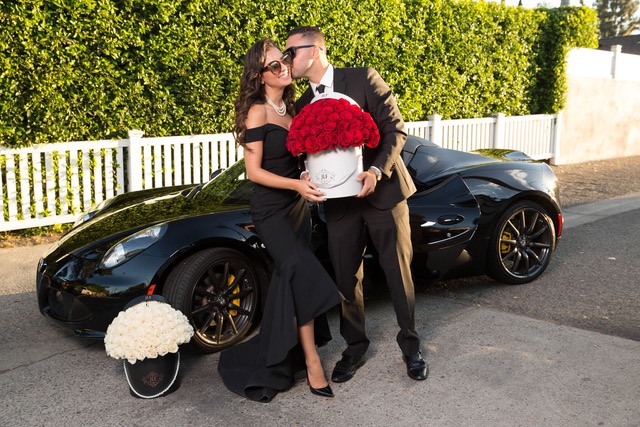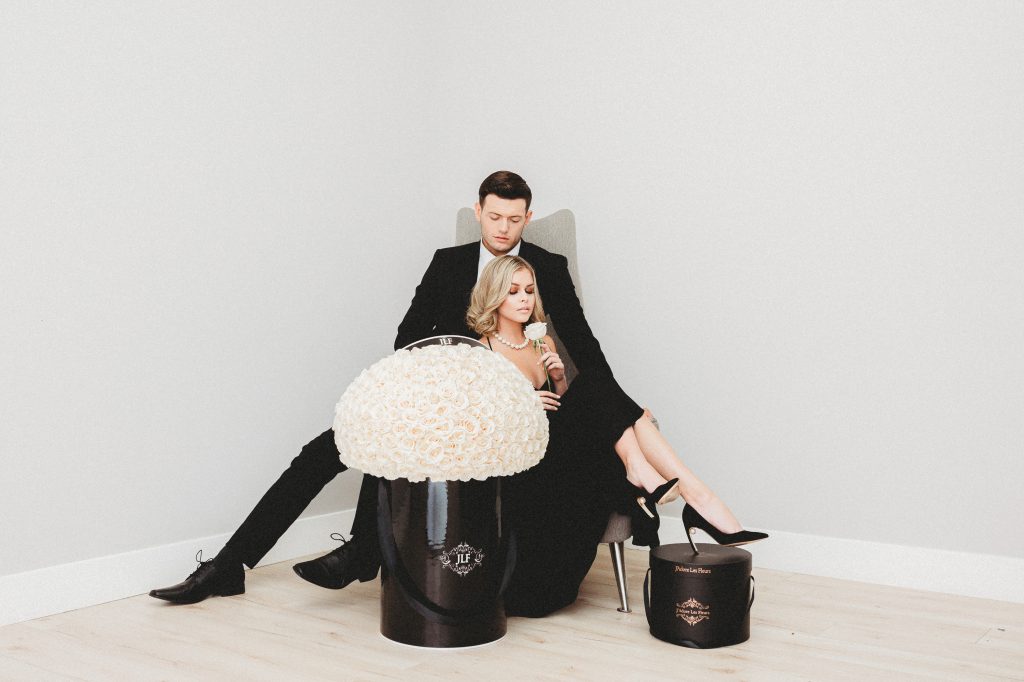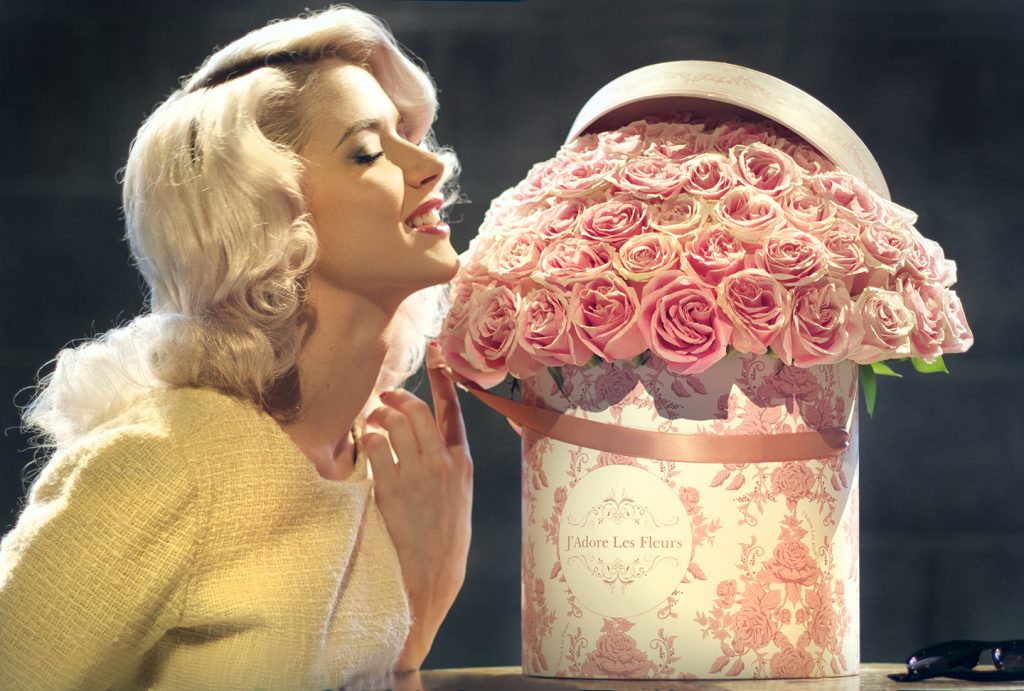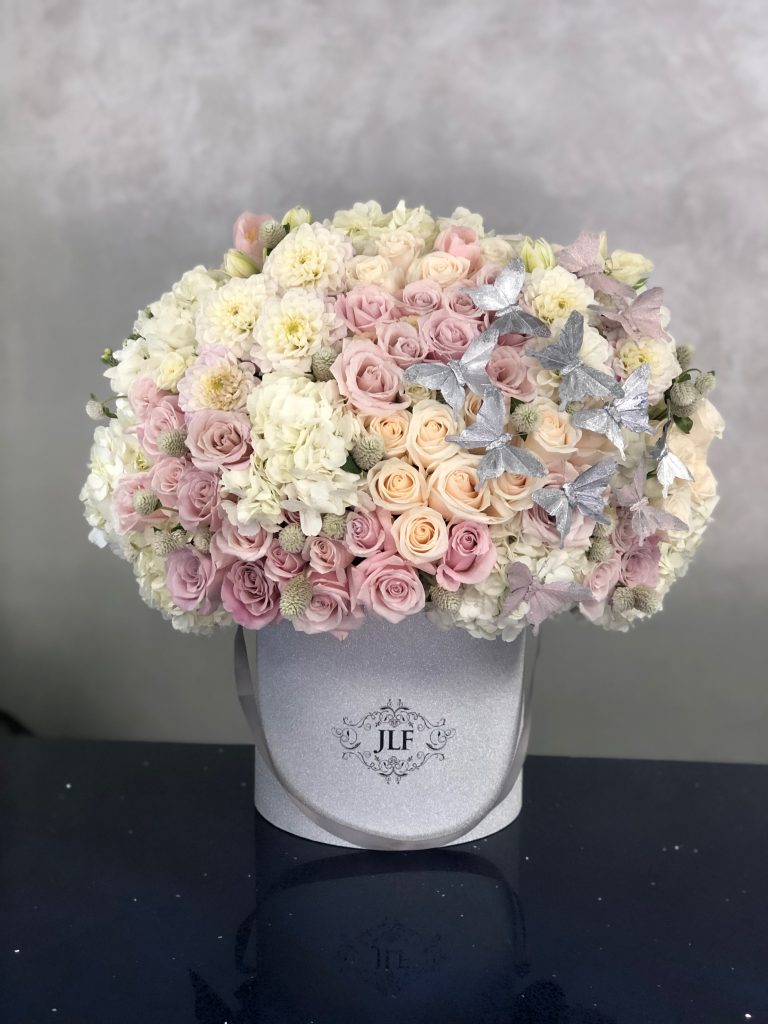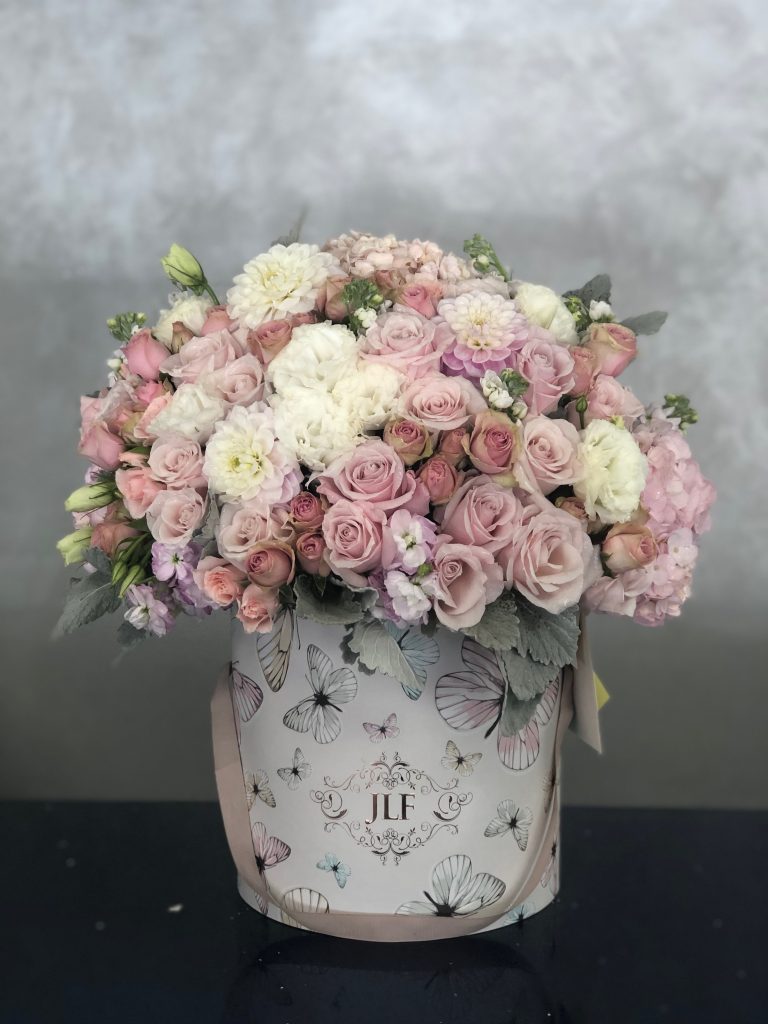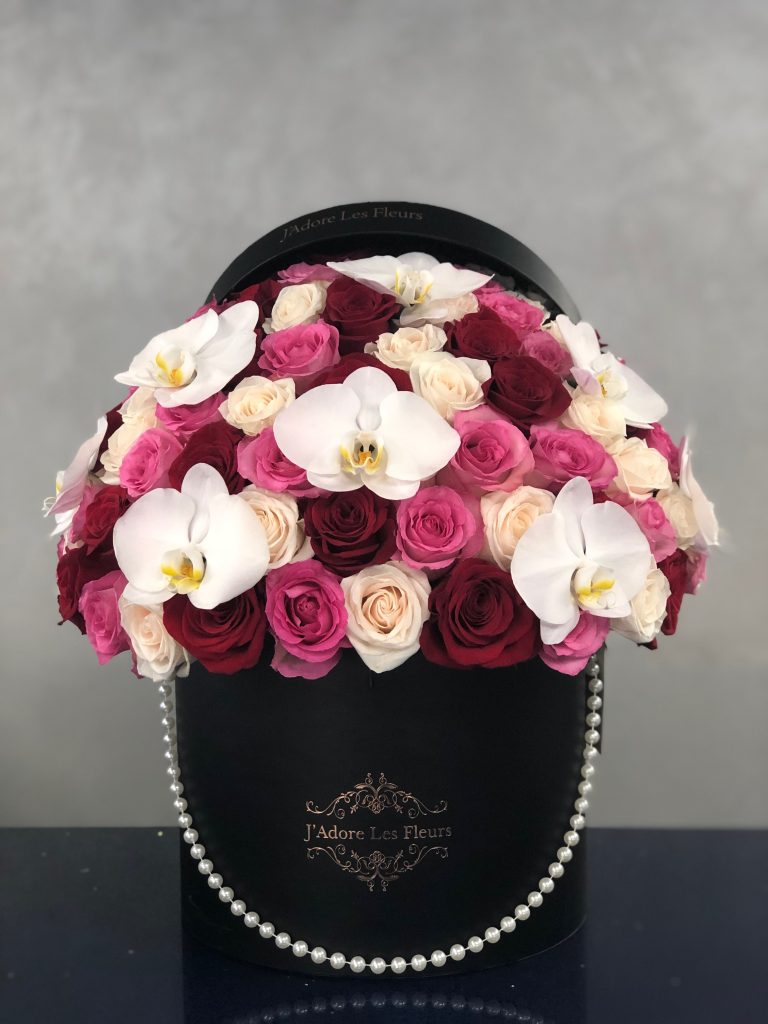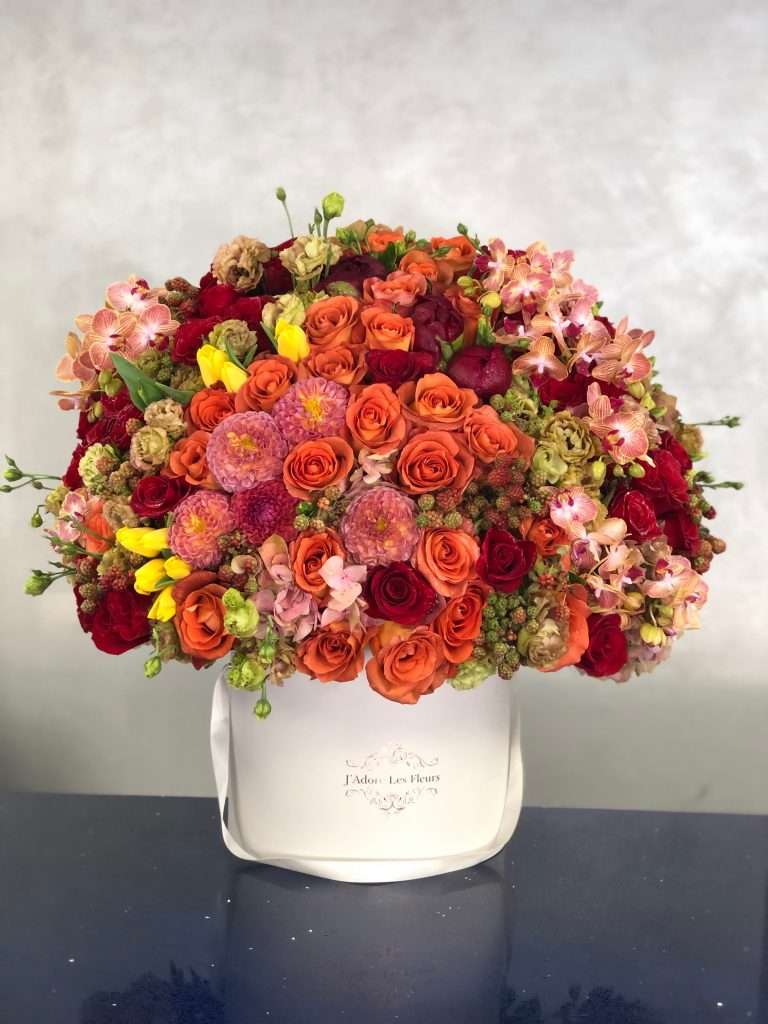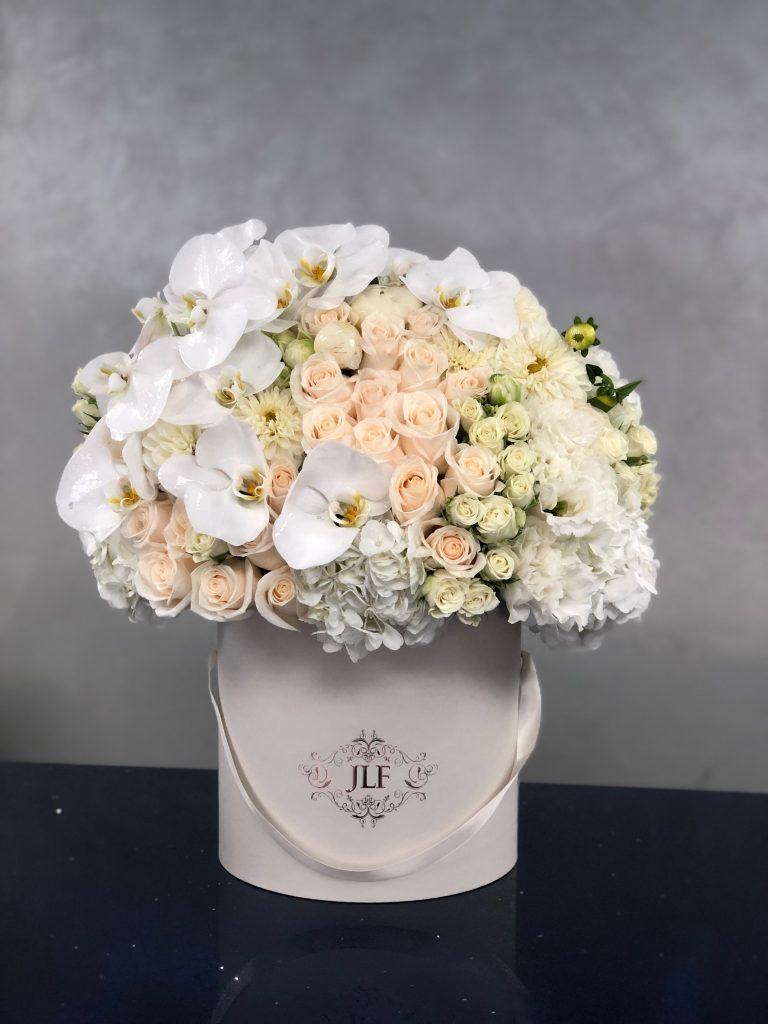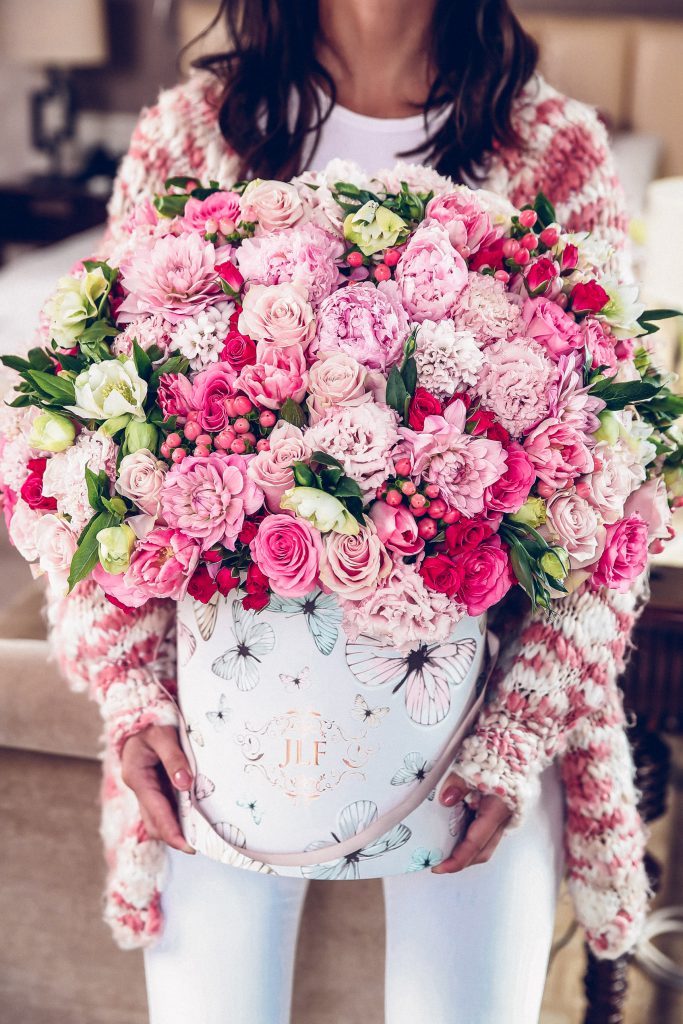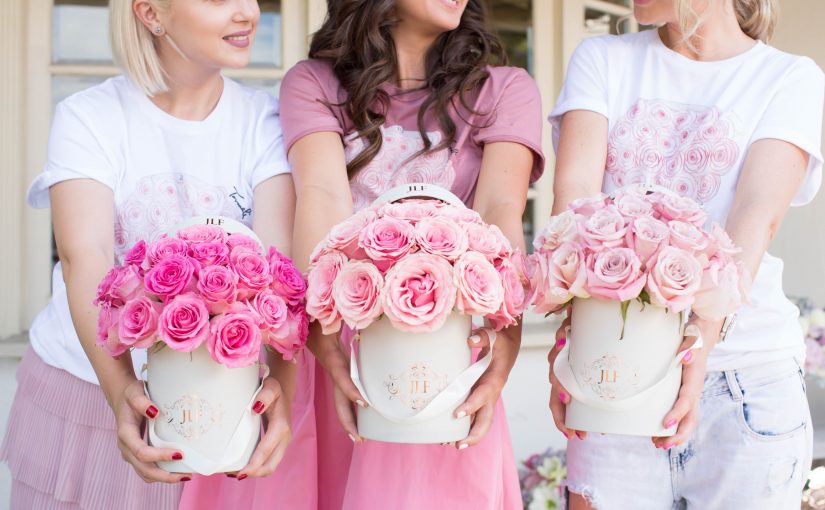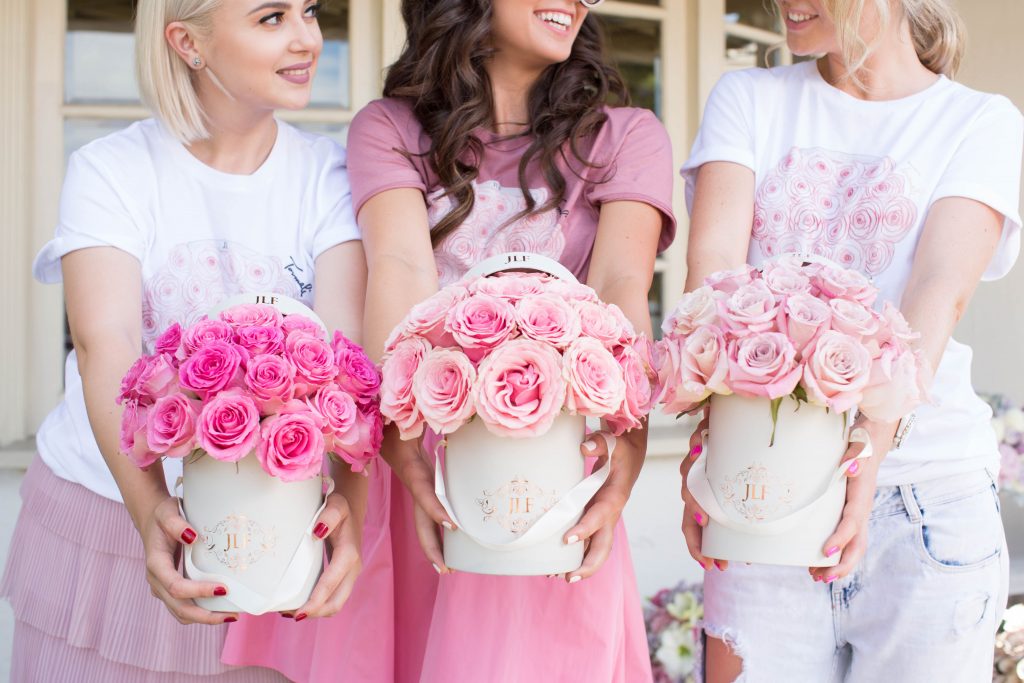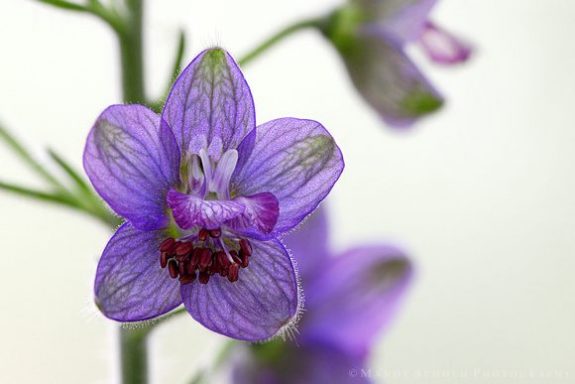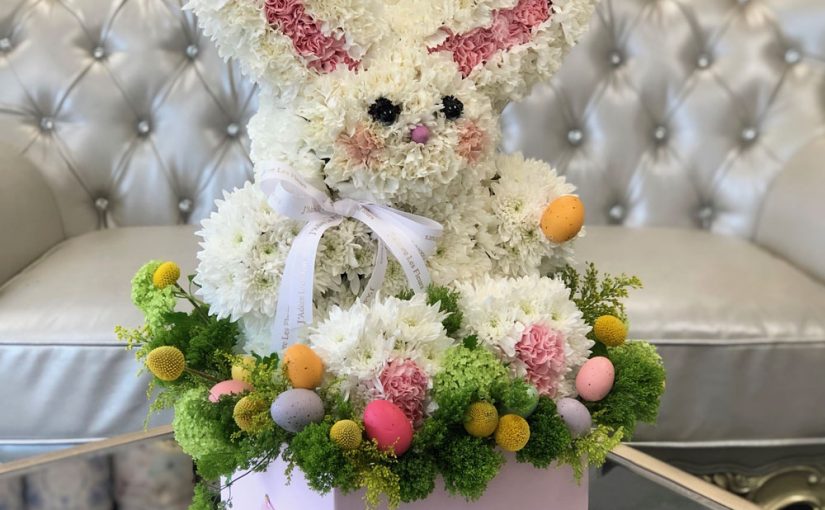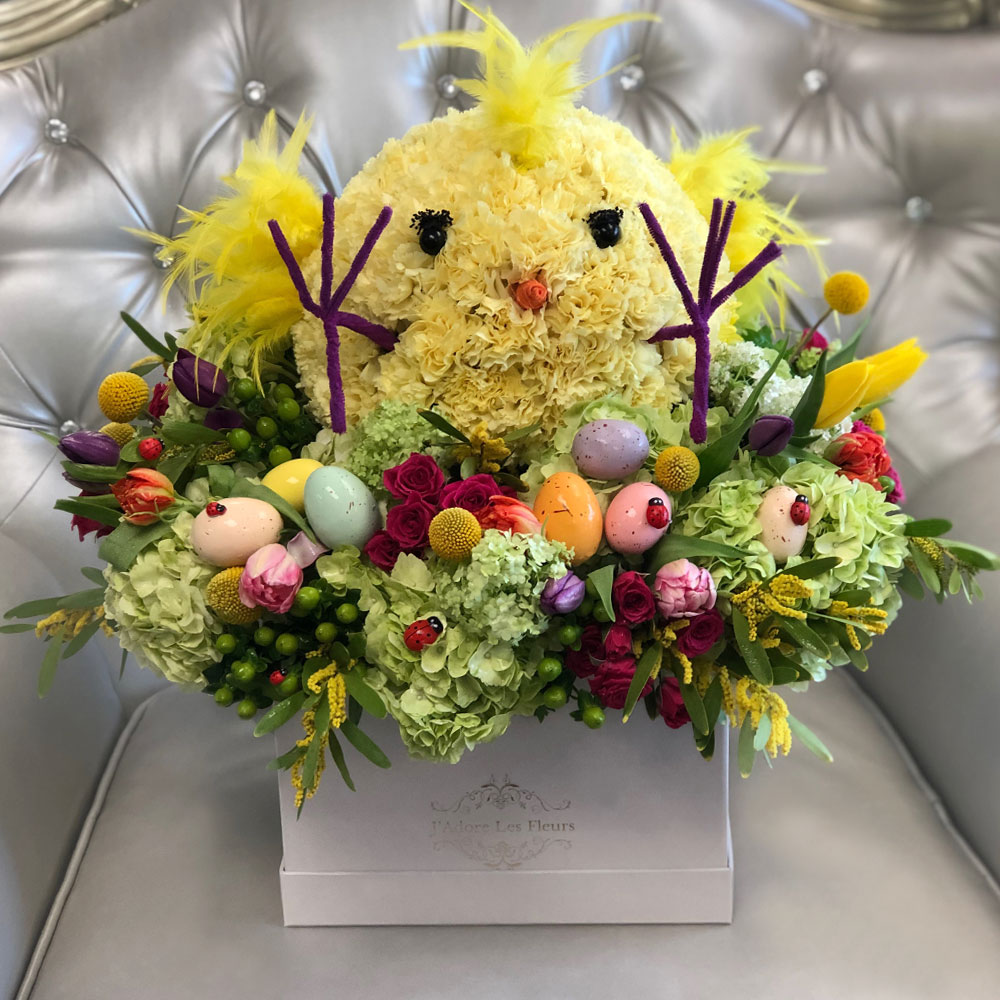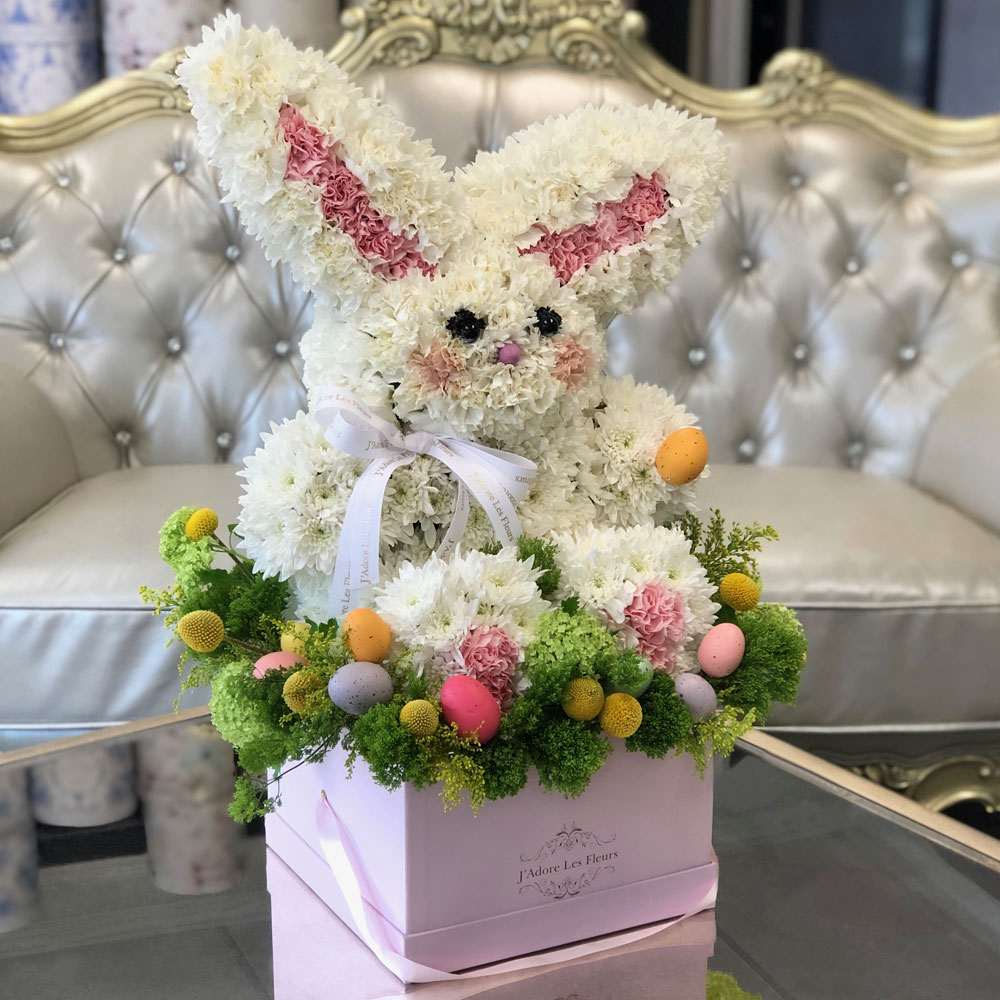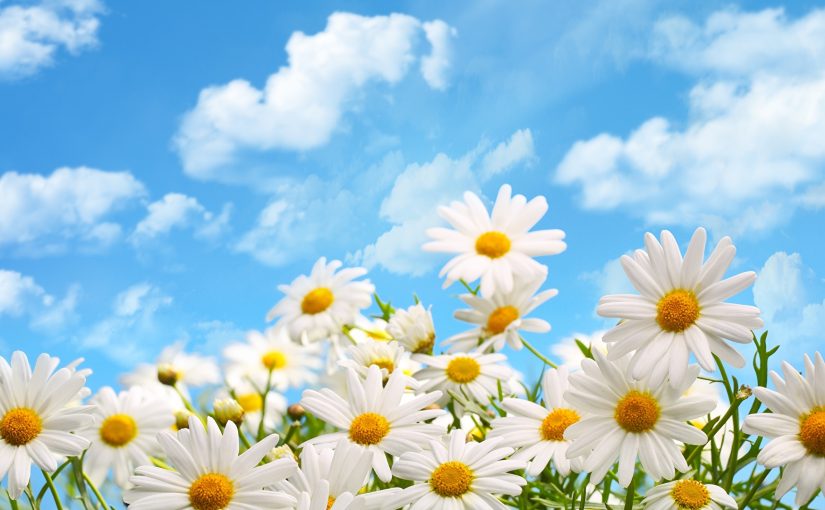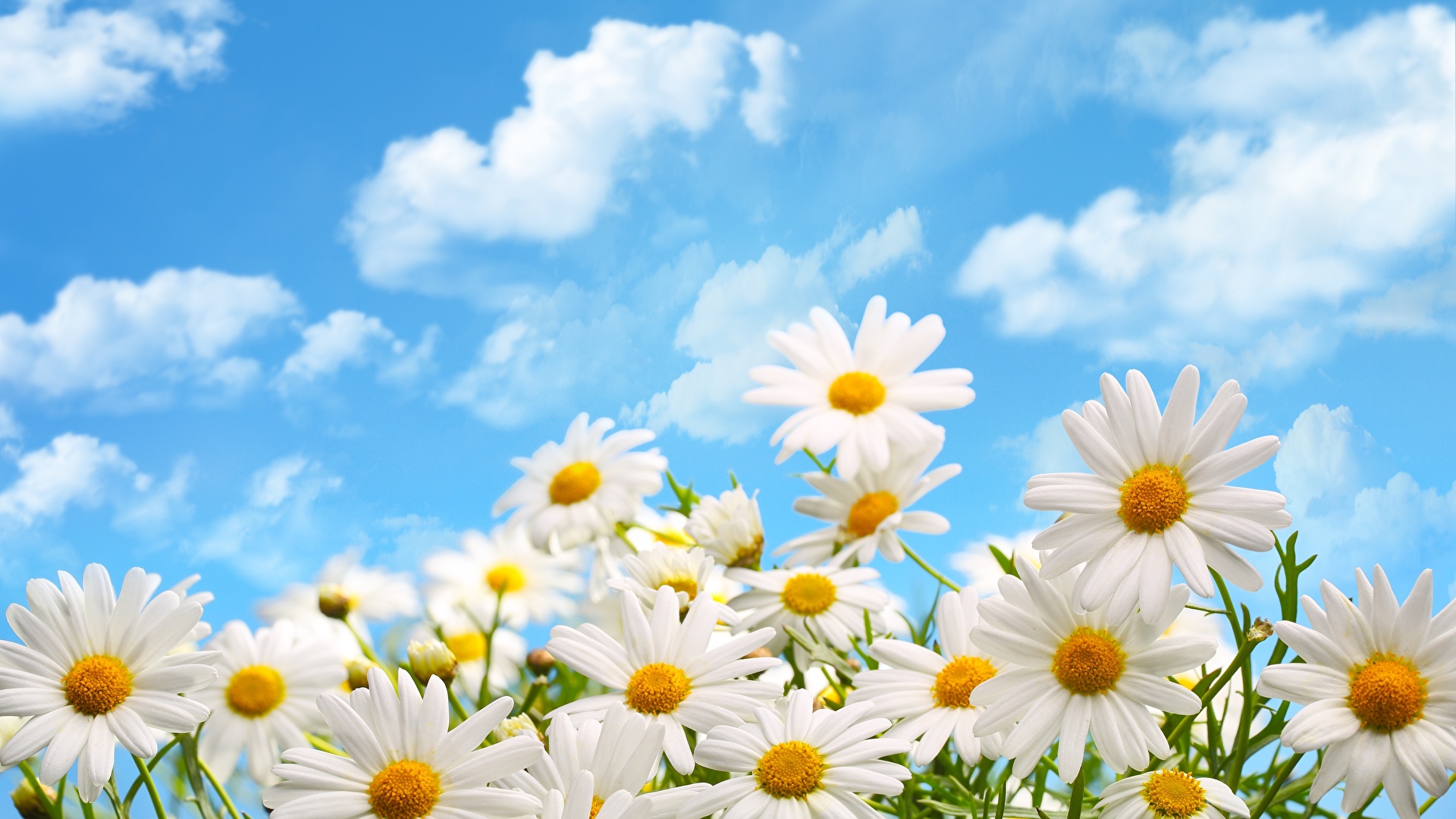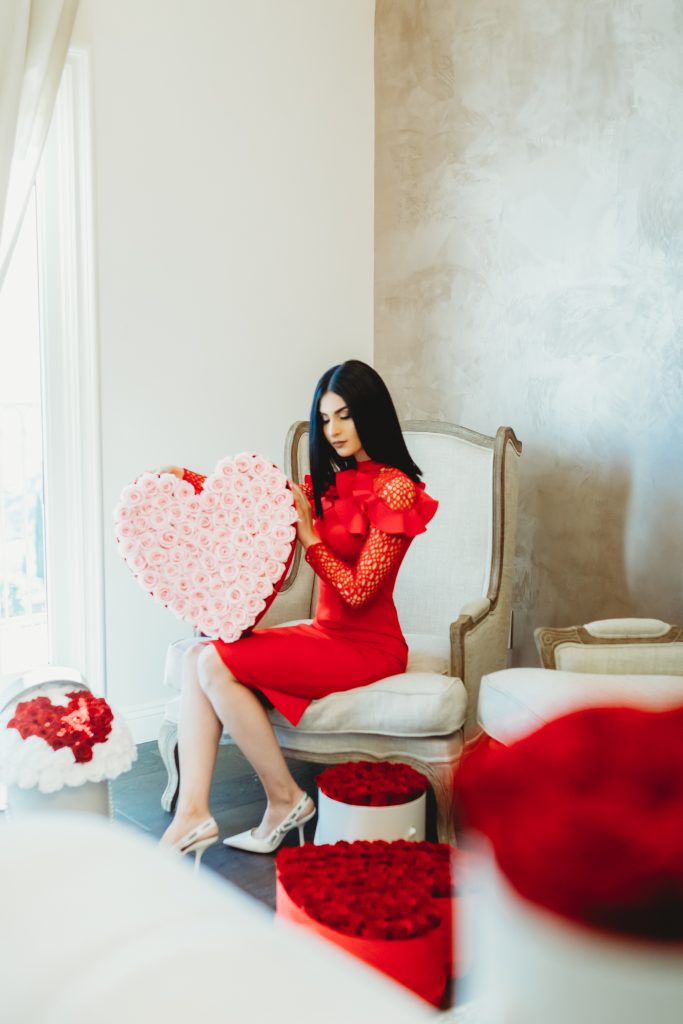
Every February 14, across the world, people exchange candy, flowers, and gifts all in the name of St. Valentine. But who was Saint Valentine, and how did he become associated with this ancient rite?
The history of Valentine’s Day–and the story of its patron saint–is shrouded in mystery. We do know that February has long been celebrated as a month of romance and that St. Valentine’s Day, as we know it today, contains vestiges of both Christian and ancient Roman tradition.
According to one legend, the holiday celebration of the Priest Valentine, who served in third century Rome. When Emperor Claudius II outlawed marriage for young men because he decided that single men made better soldiers. Than those with wives and families, Valentine, realizing the injustice of the decree, defied the Emperor and continued to perform marriages for young lovers in secret. When Claudius discovered the treachery, Priest Valentine was put to death.
According to another legend, an imprisoned Valentine actually sent the first “valentine” greeting himself after he fell in love with a young girl. Before his death, it is alleged that he wrote her a letter signed “From your Valentine,” an expression that is still in use today.
Although the truth behind the Valentine legends is murky, the stories all emphasize his appeal as a sympathetic, heroic and–most importantly–romantic figure.

